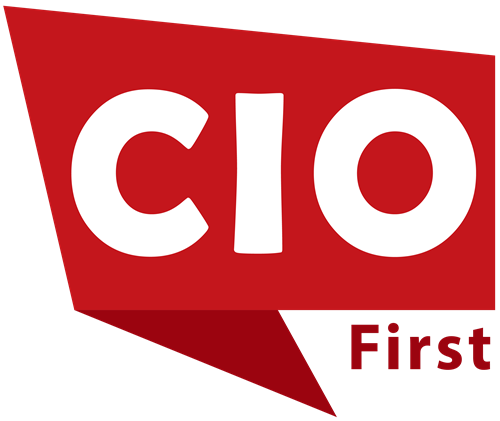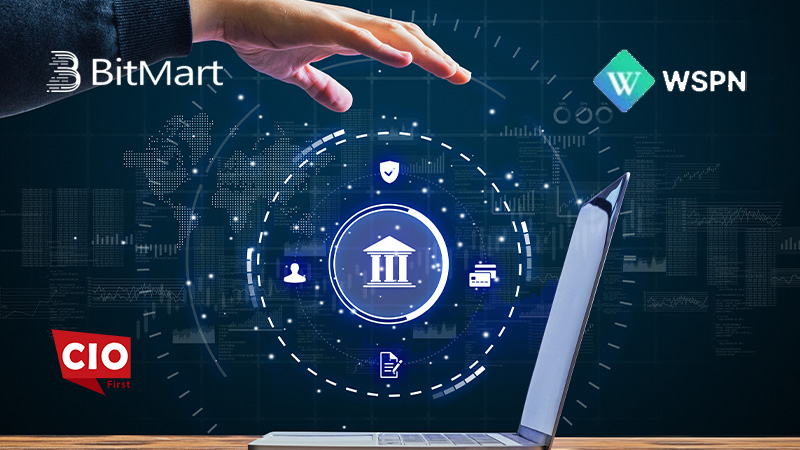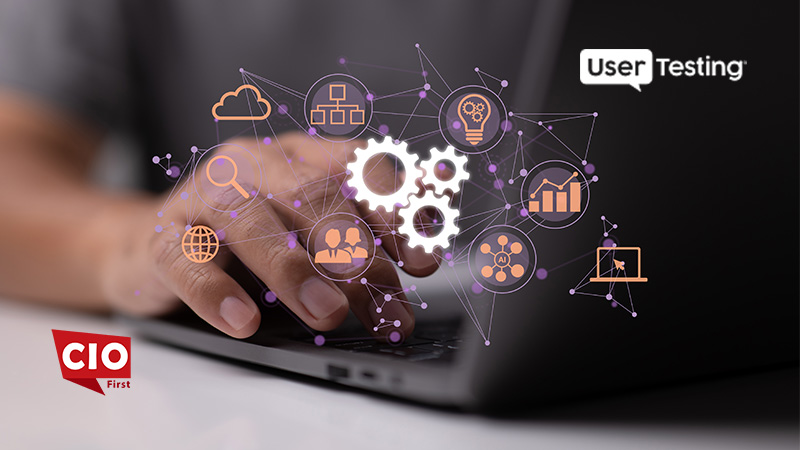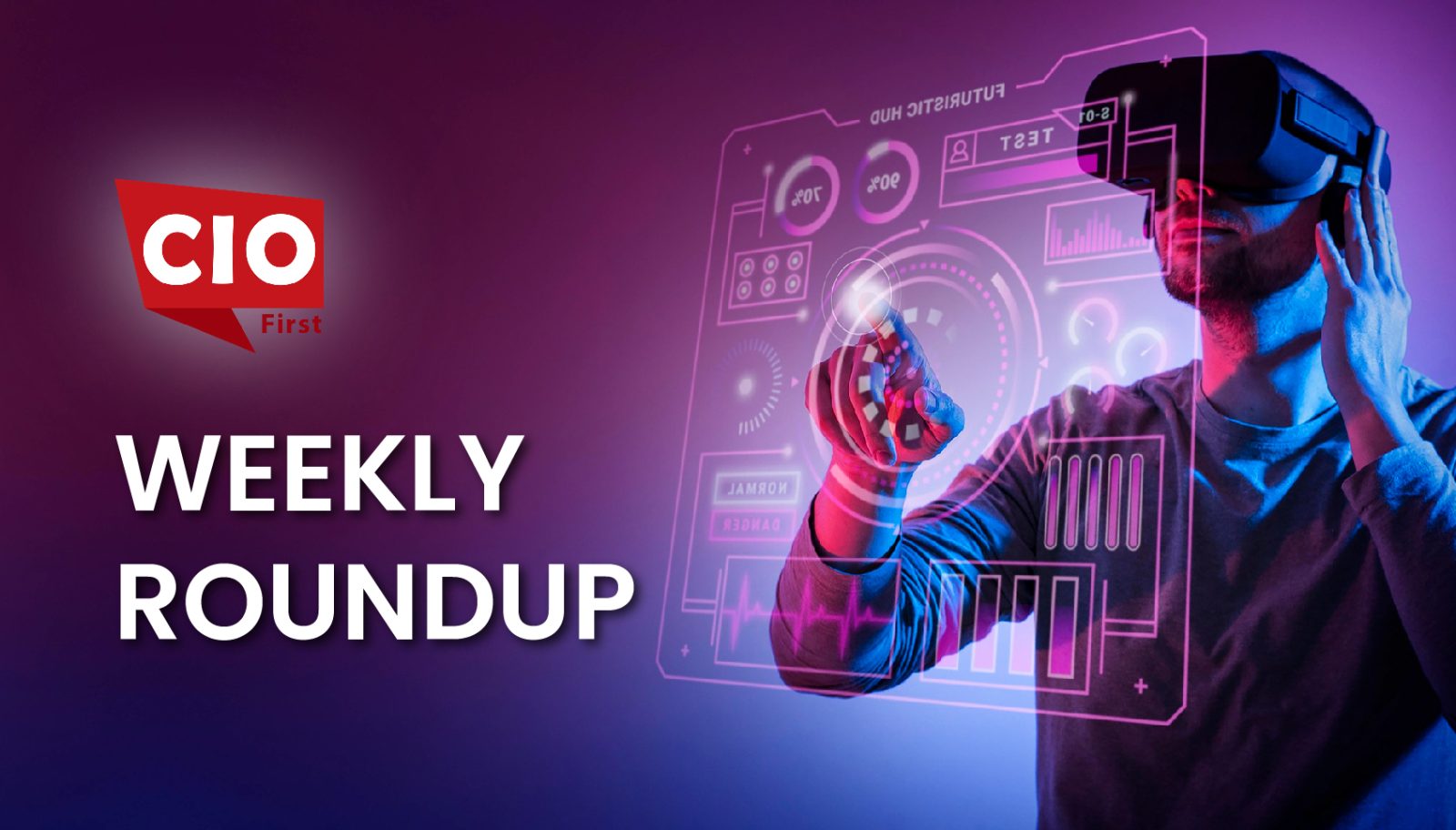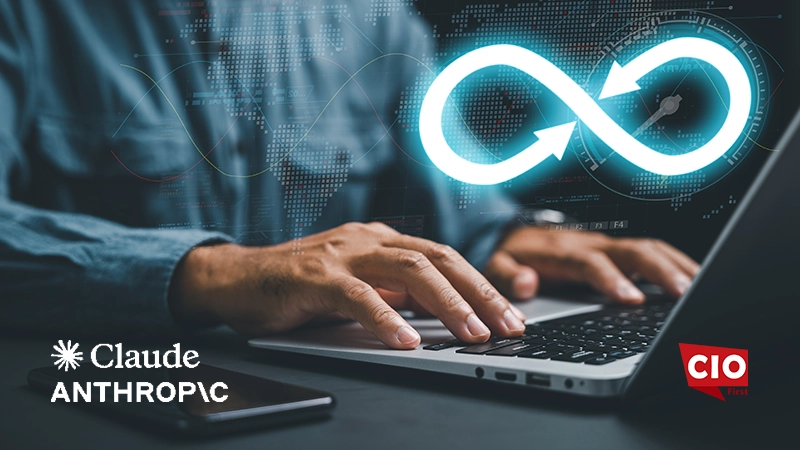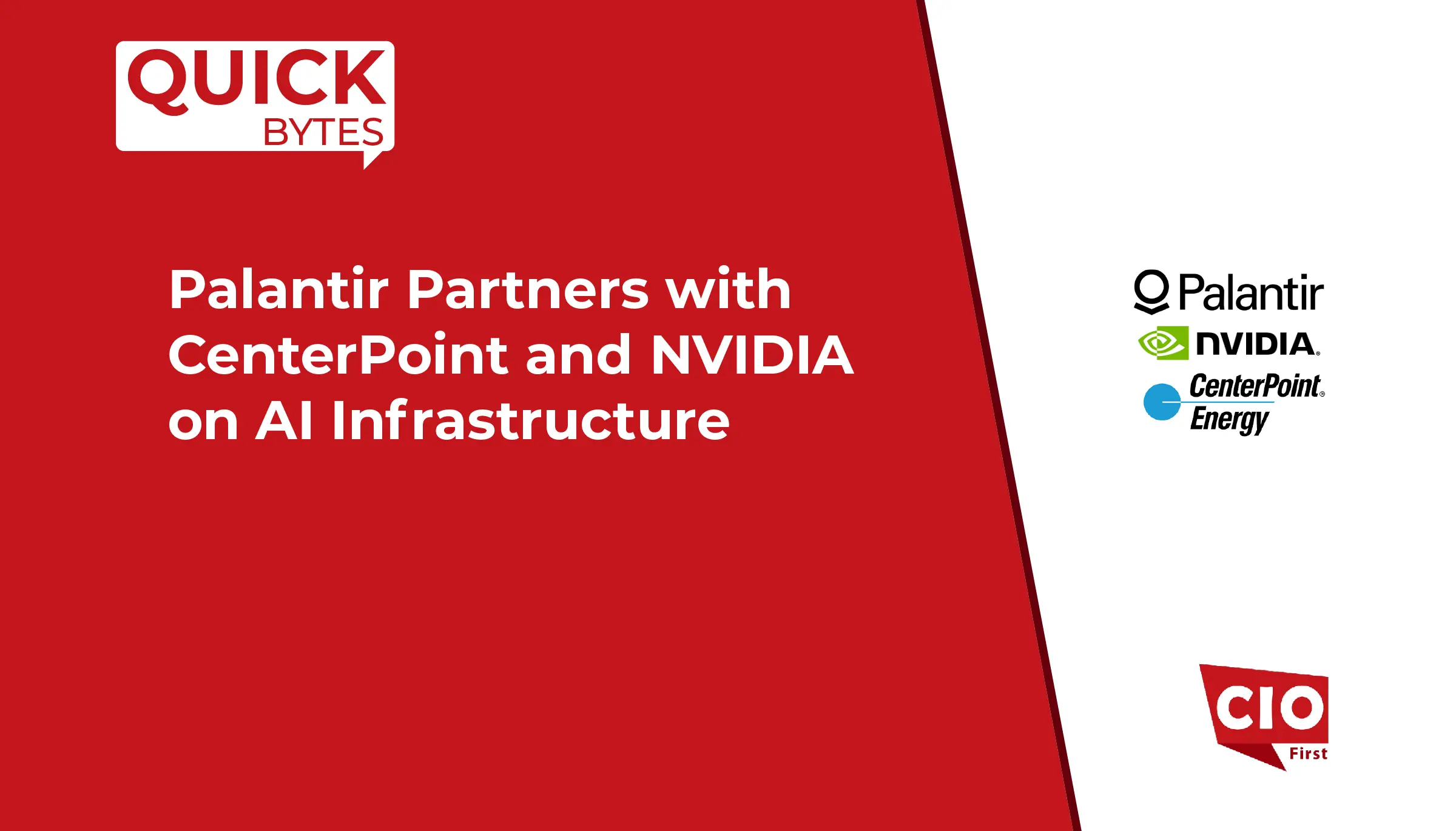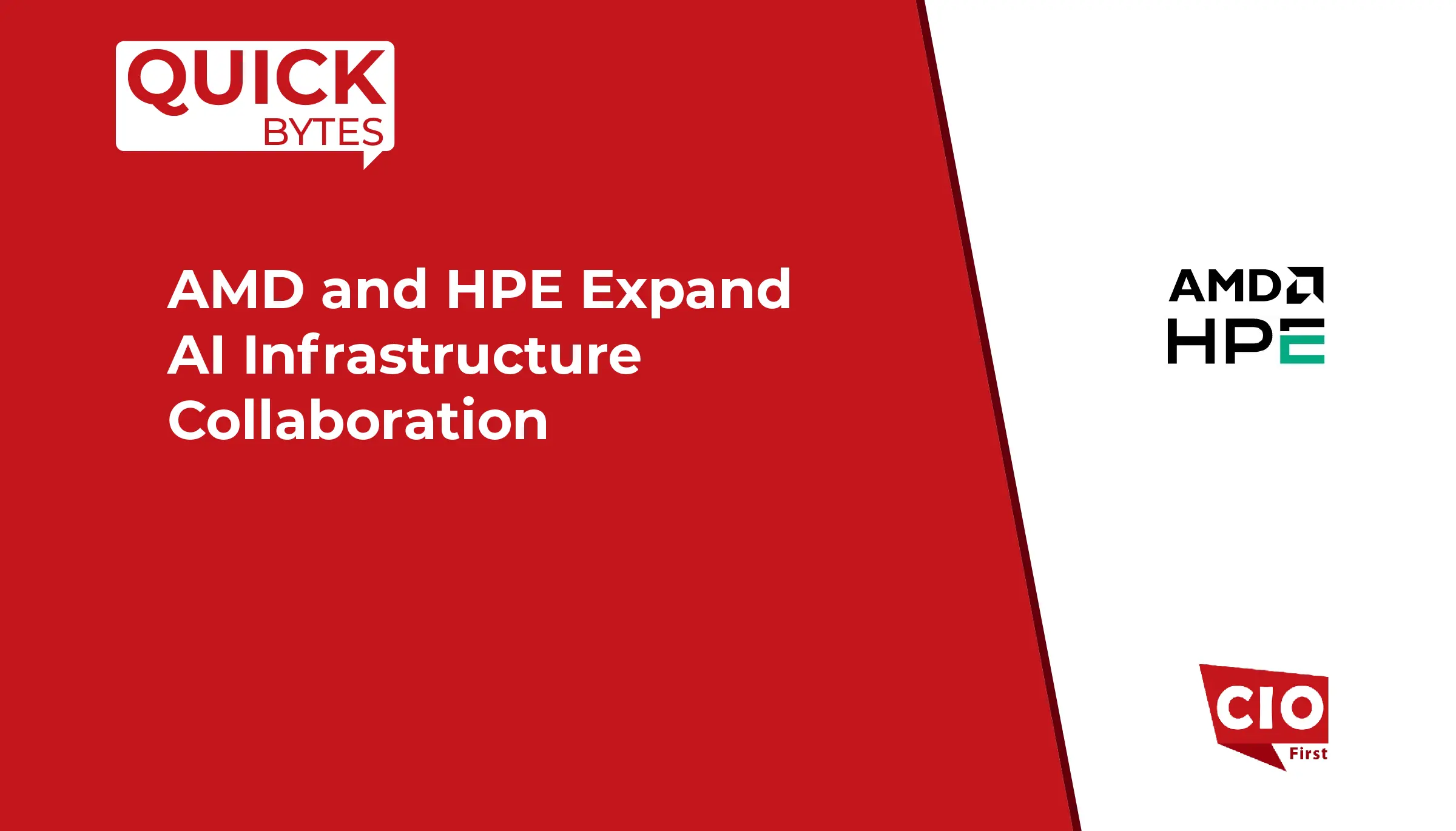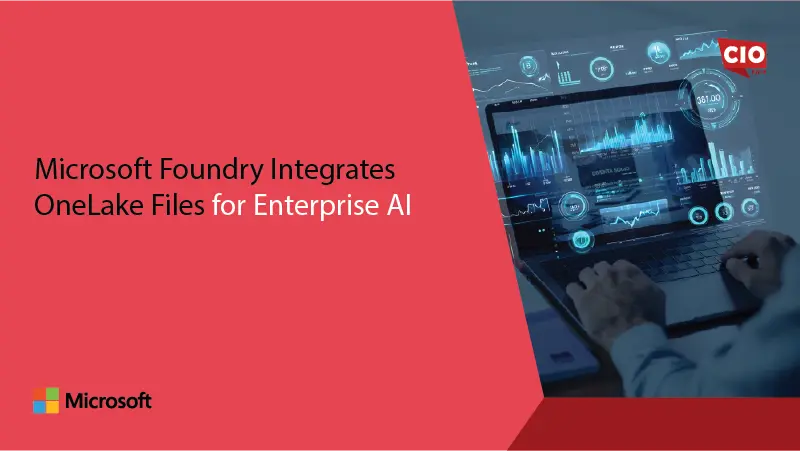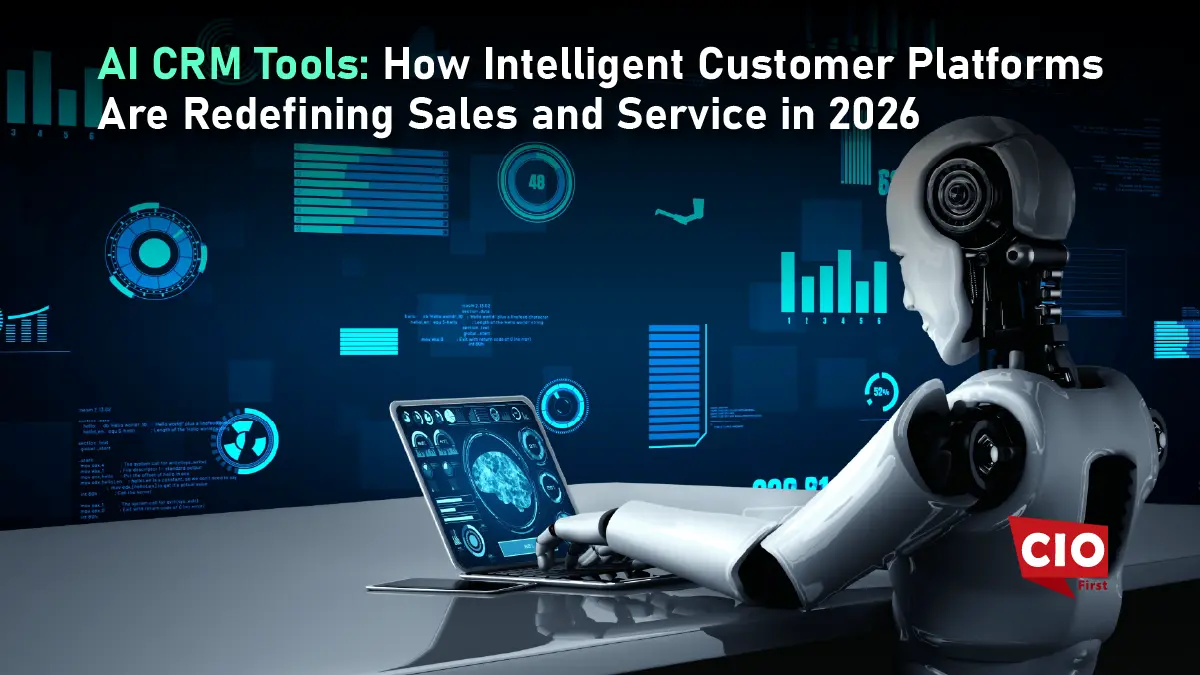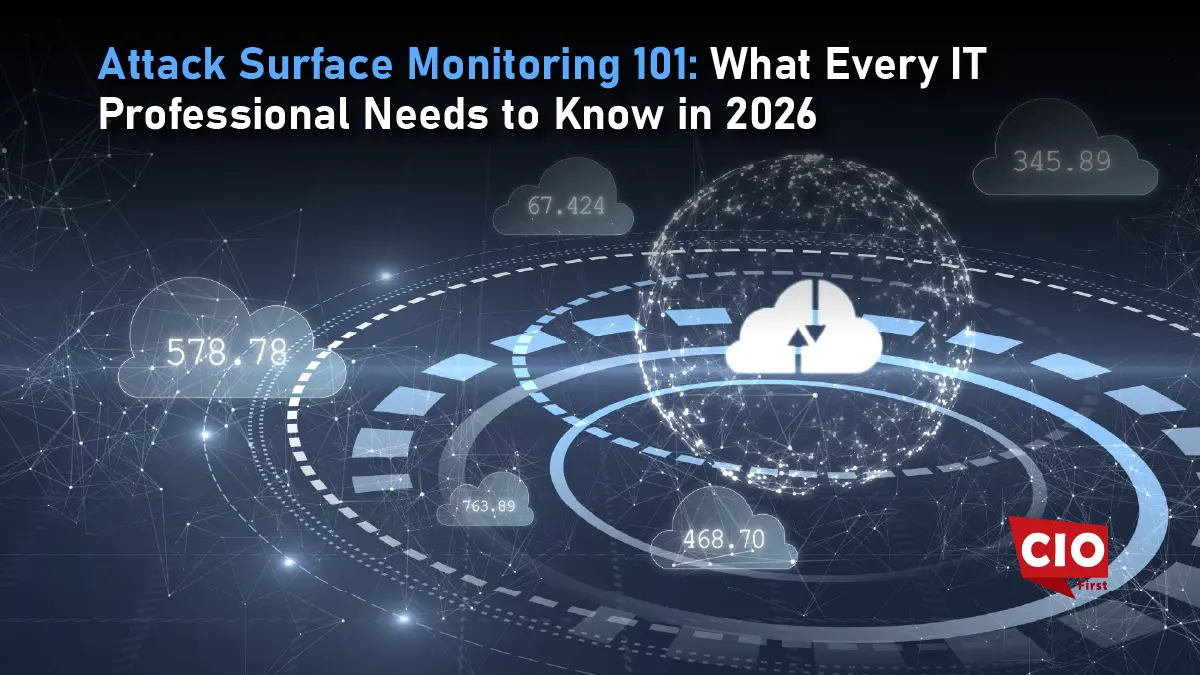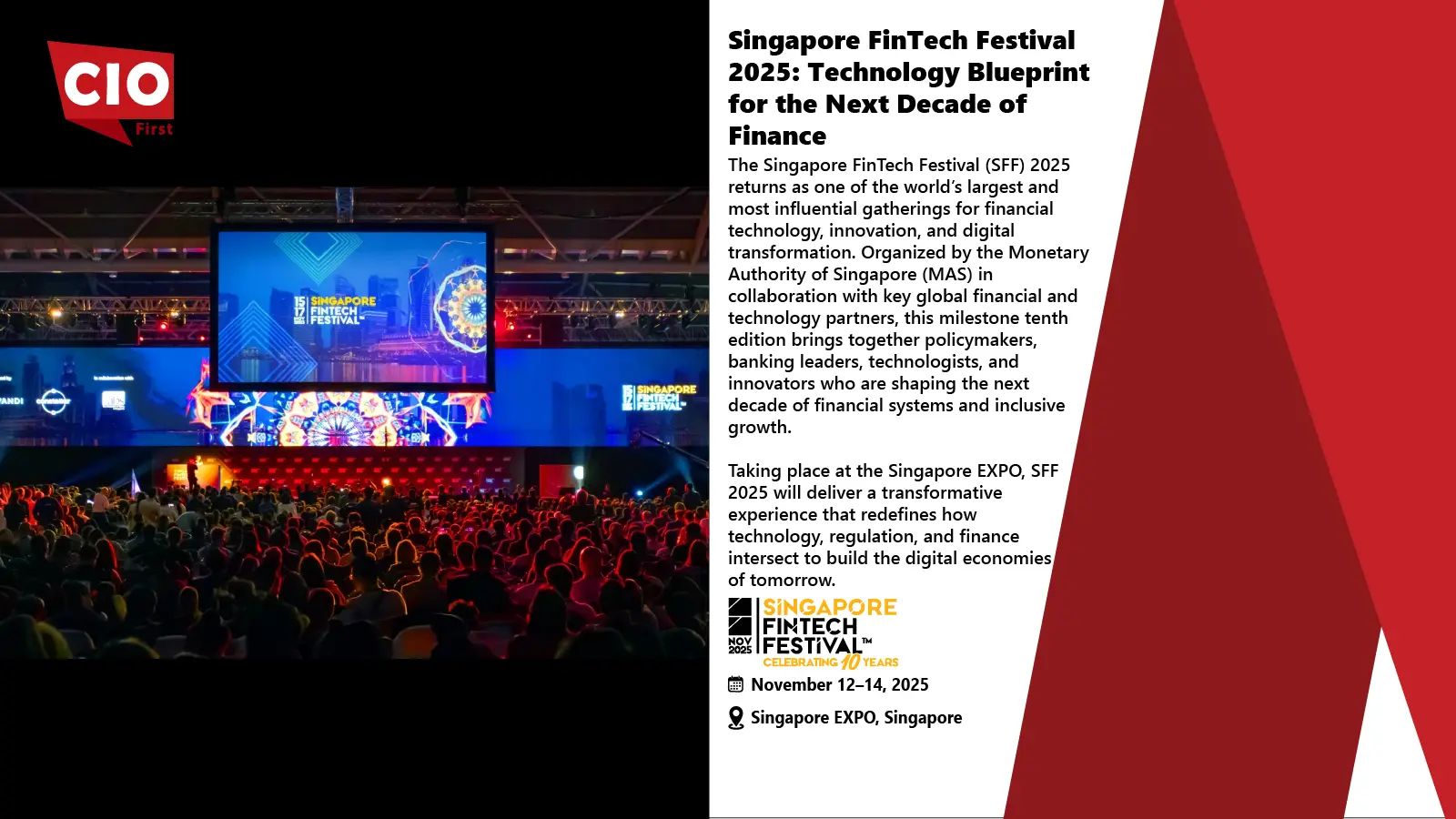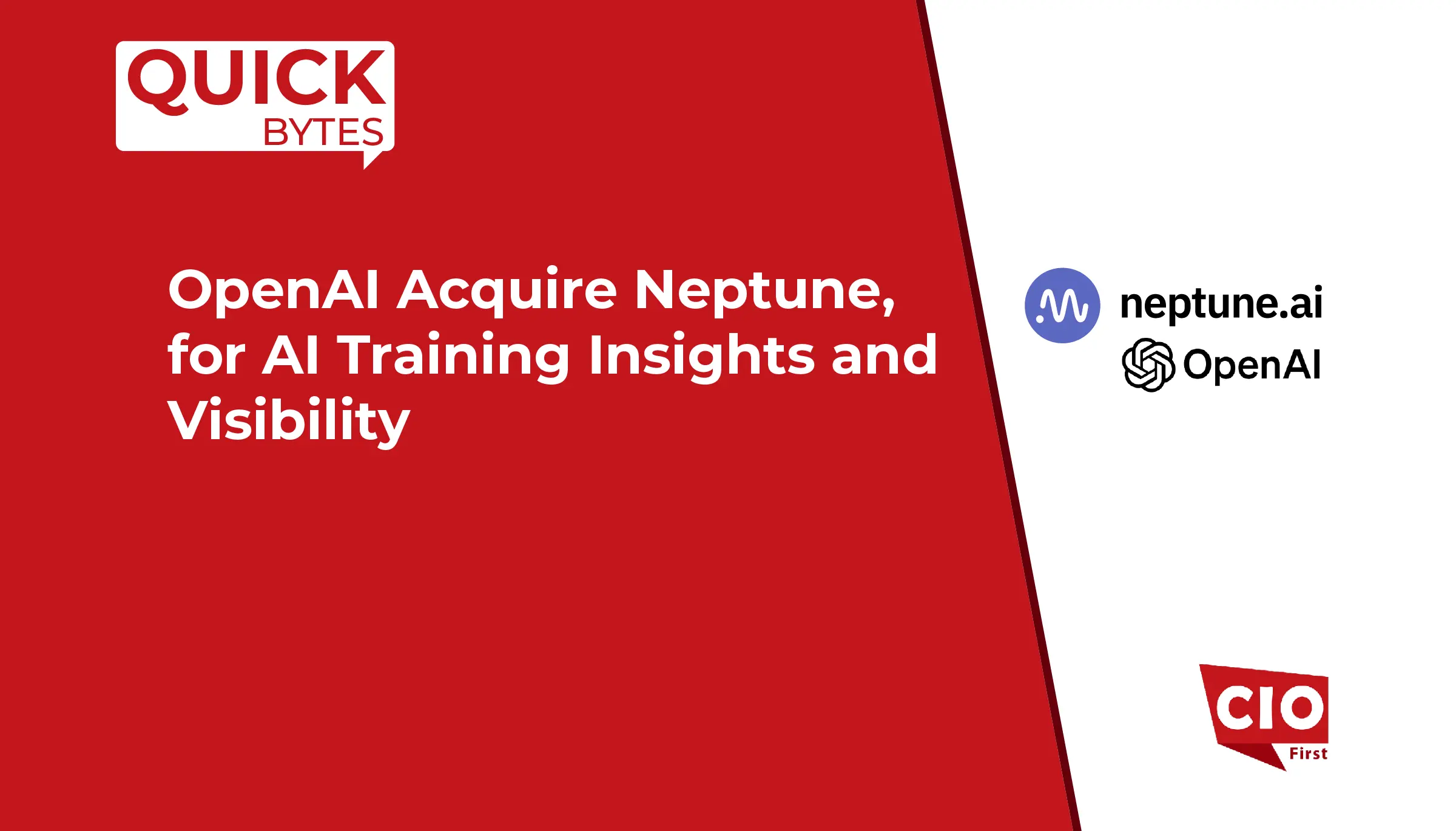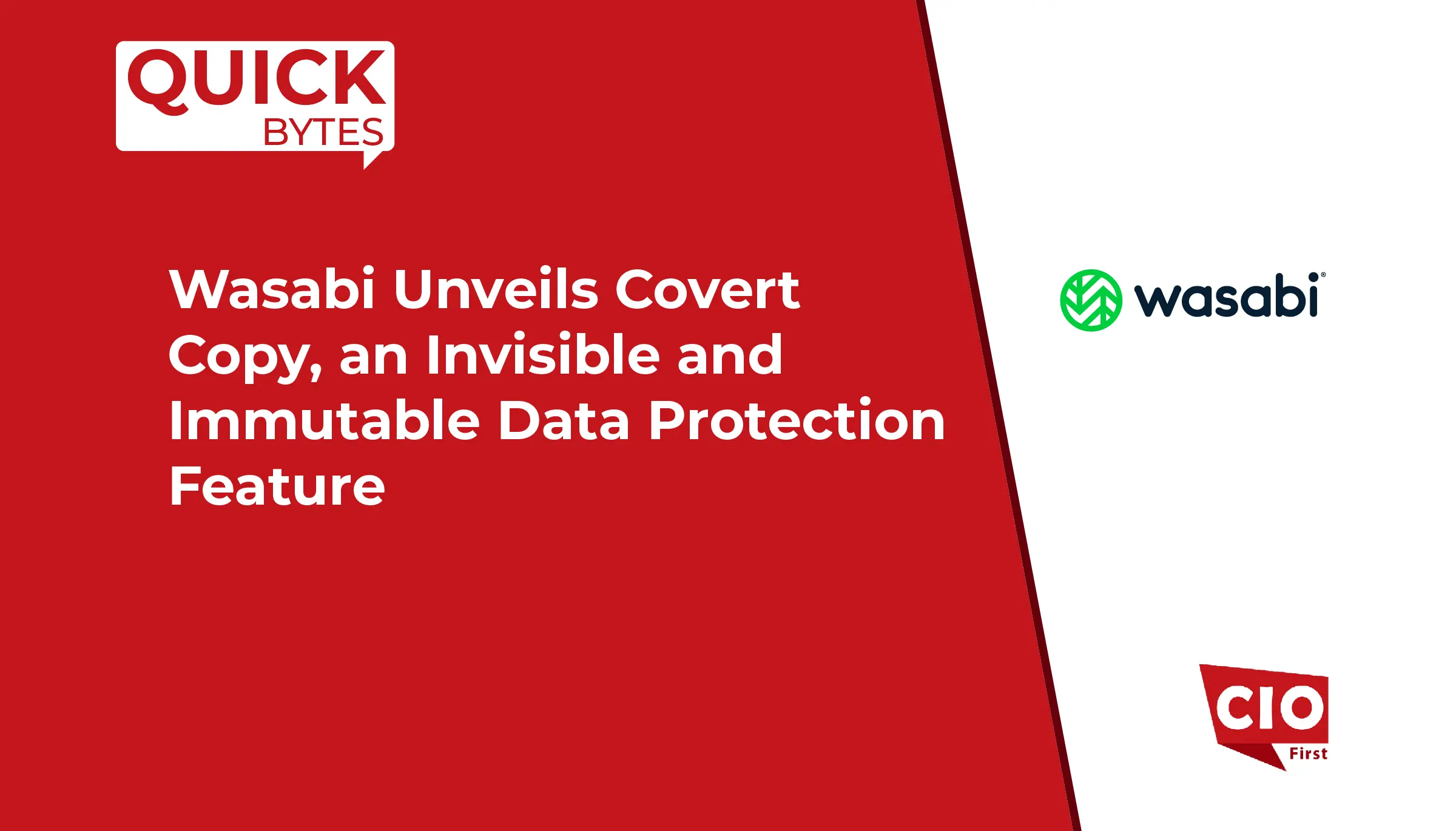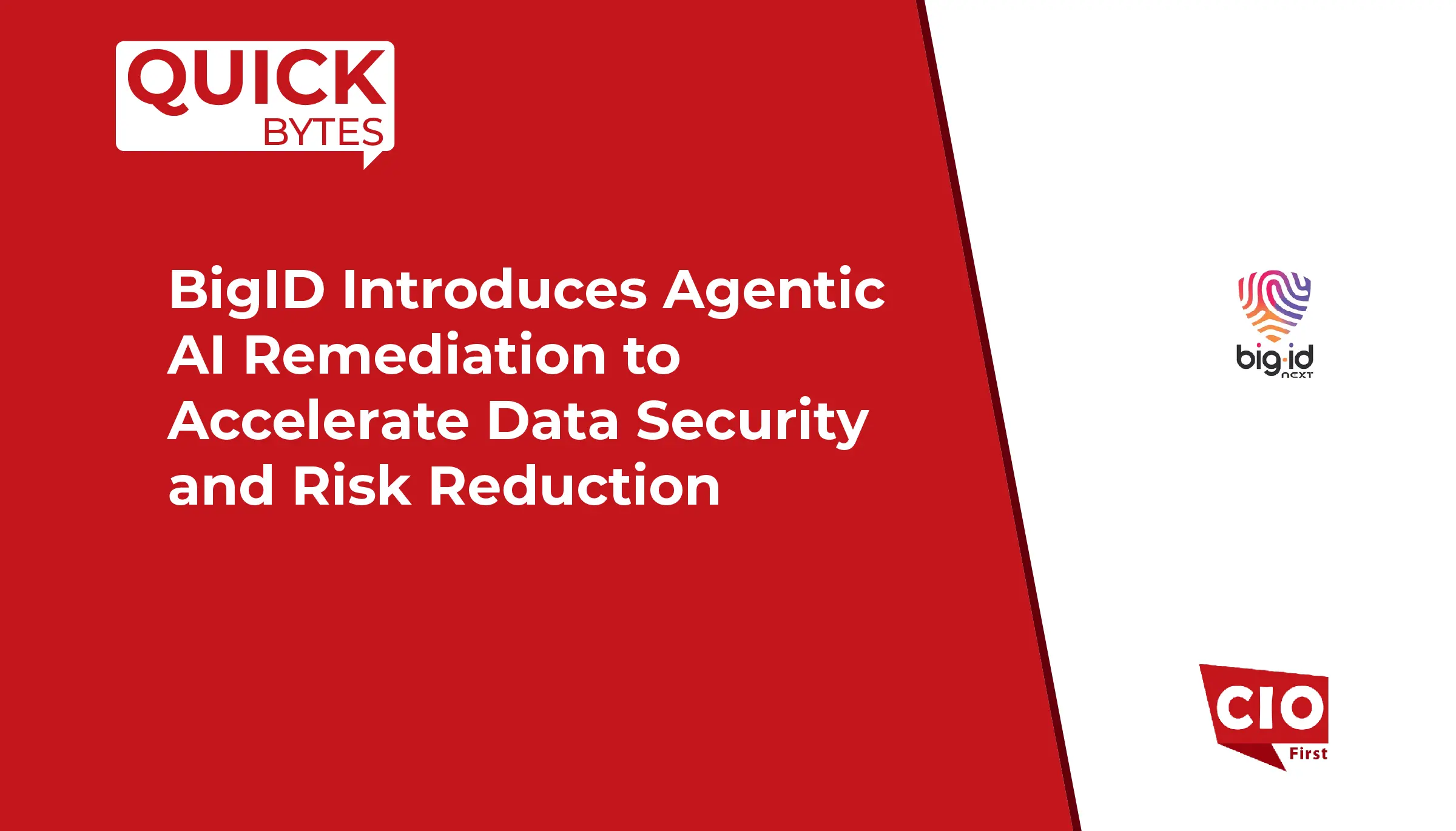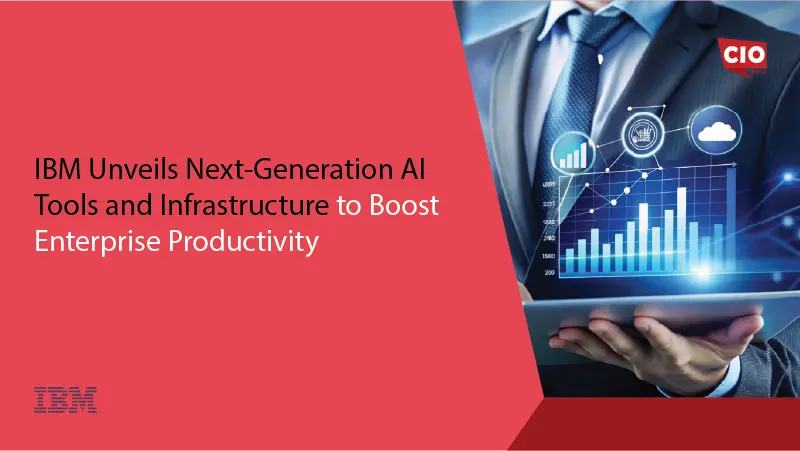At TechXchange 2025, IBM revealed a suite of new and upcoming software and infrastructure capabilities designed to help enterprises move from AI experimentation to operationalization. The announcements highlight innovations in agentic AI, hybrid cloud, quantum computing, and intelligent infrastructure, addressing barriers such as fragmented environments, data gaps, and AI readiness.
“AI productivity is the new speed of business. These features will help clients remove bottlenecks across their entire technology lifecycle,” said Dinesh Nirmal, Senior Vice President of Products, IBM Software. “With these enhancements across our portfolio, we’re giving customers capabilities that take developer productivity, agentic orchestration and infrastructure intelligence to the next level.”
Agentic AI Orchestration
IBM’s watsonx Orchestrate remains central to its agentic AI framework, offering over 500 customizable agents from IBM and partners. Designed to be tool-agnostic, Orchestrate supports scalable deployment with robust governance. Its AgentOps layer provides real-time monitoring and policy-based controls, ensuring reliable and compliant agent activity.
For example, an HR agent onboarding employees can be fully monitored to catch errors in benefits or payroll processing before they occur. Additional enhancements include Agentic Workflows, standardizing reusable sequences across multiple agents, and Langflow integration, a drag-and-drop builder that allows non-technical teams to create agents quickly (tech preview, general availability expected in October). IBM also plans watsonx Assistant for Z to extend AI orchestration to mainframe environments, automating operational processes while maintaining compliance.
Also Read: CoreWeave to Acquire Monolith, Expanding AI Cloud Capabilities into Industrial Sectors
Unified Infrastructure and Observability
IBM introduced Project infragraph, a unified control plane for infrastructure observability, following its acquisition of HashiCorp. The system provides real-time visibility across hybrid environments, eliminating manual tracking and tool sprawl. Users can see CVE exposures, container inventories, and overall security posture without relying on spreadsheets. Project infragraph will integrate with IBM’s broader software portfolio, including Red Hat Ansible, OpenShift, and watsonx Orchestrate. A private beta is slated for December 2025.
Boosting Developer Productivity
IBM also previewed Project Bob, an AI-first IDE for enterprise software development. Designed to transform SDLC workflows, it integrates multiple LLMs (Anthropic Claude, Mistral AI, Llama, IBM Granite) to assist with application modernization, intelligent code generation, testing, and security. Project Bob embeds compliance and quantum-safe cryptography into development pipelines.
Flexible Enterprise AI Adoption
To overcome vendor lock-in, IBM is expanding its AI partner ecosystem, integrating third-party LLMs like Anthropic into select software offerings. IBM also released a guide, Architecting Secure Enterprise AI Agents with MCP, detailing the Agent Development Lifecycle for enterprise deployments.
With these advancements, IBM aims to empower organizations to accelerate AI adoption, streamline operations, and drive measurable productivity across developers, business lines, and infrastructure teams.
